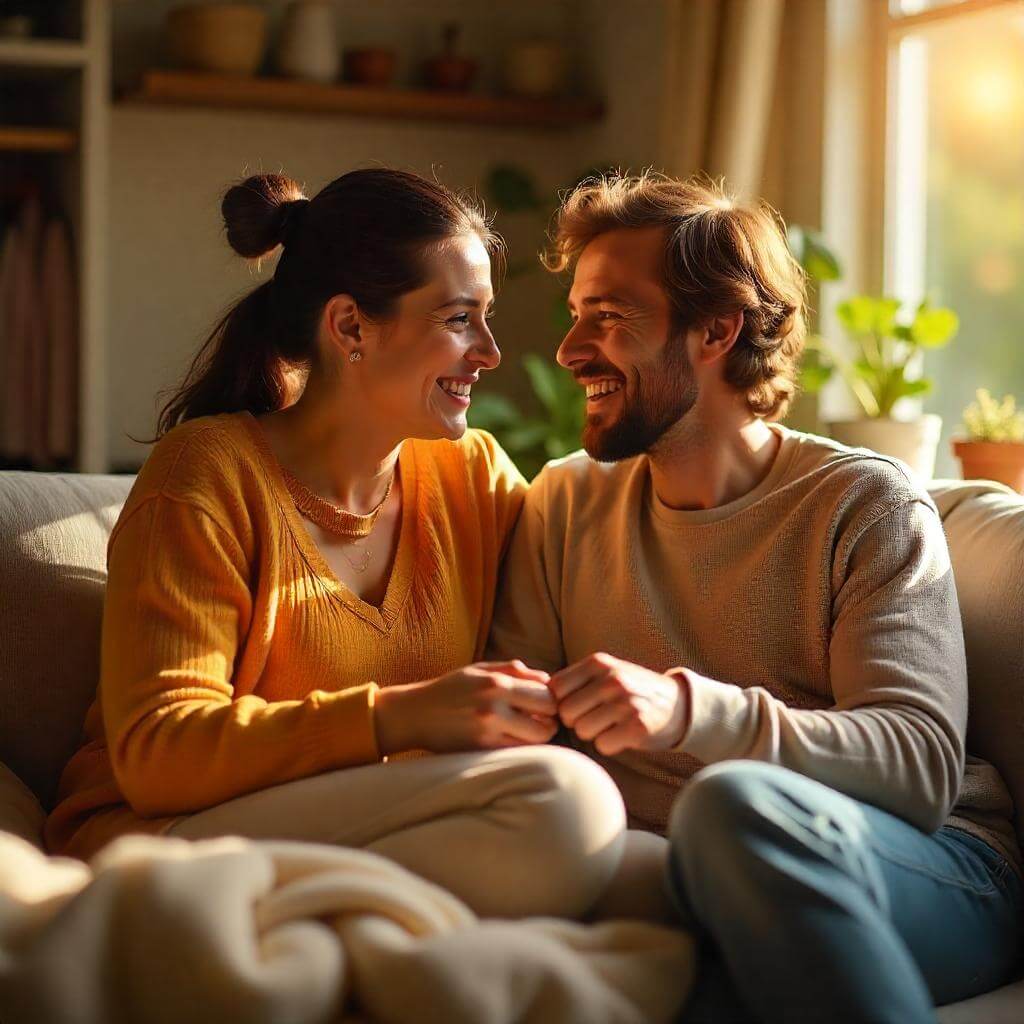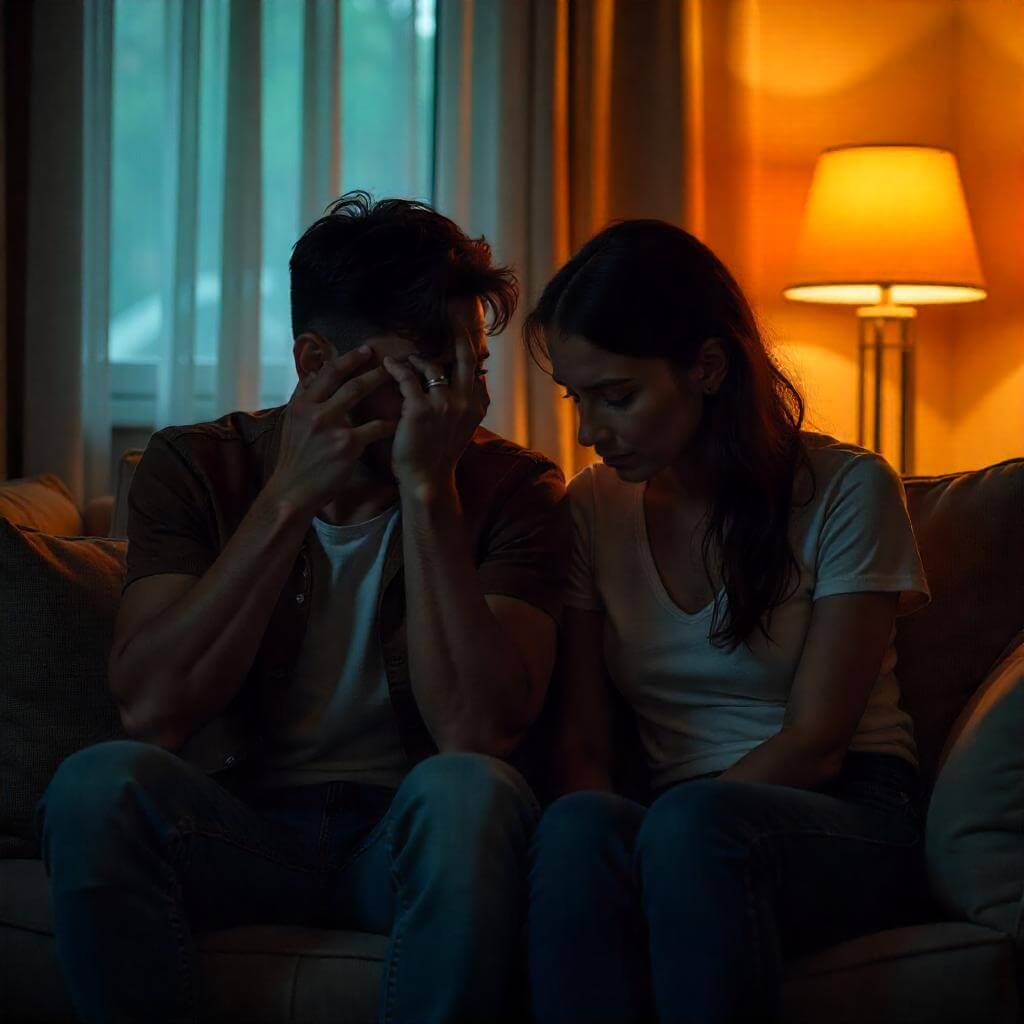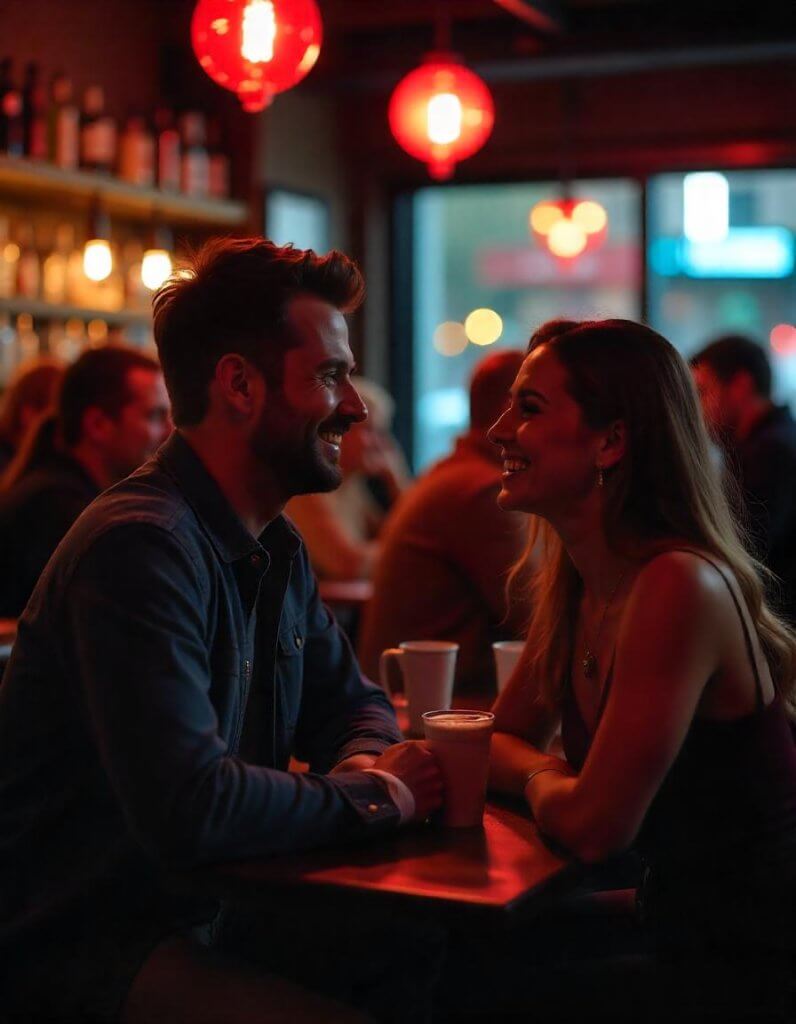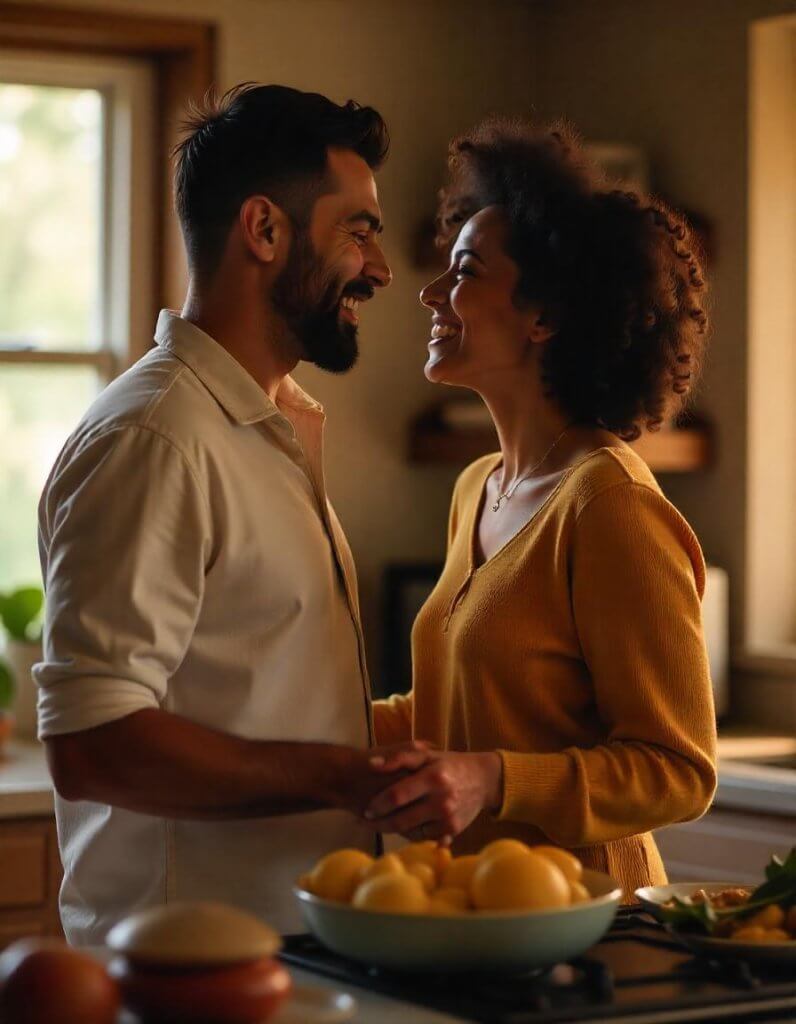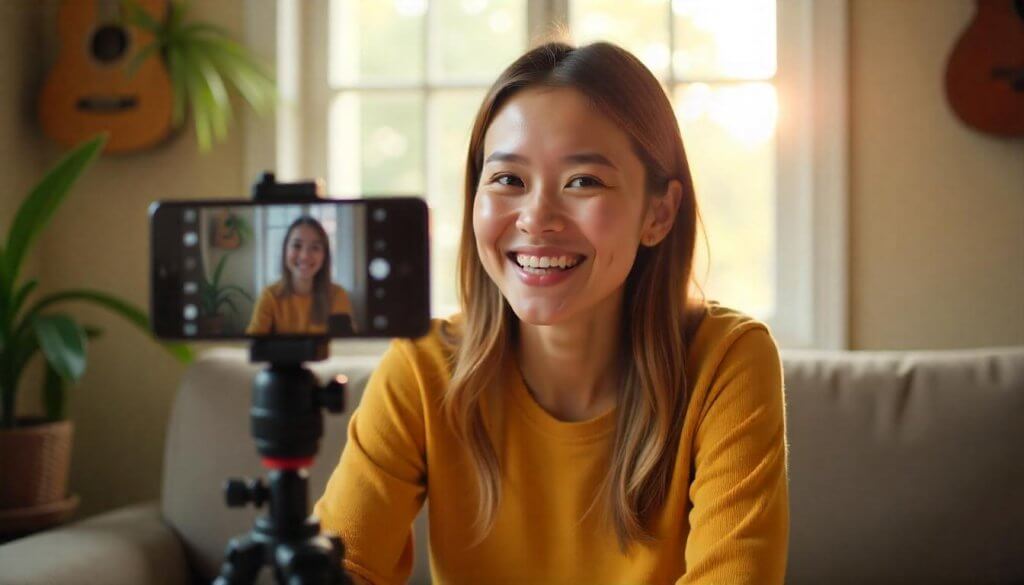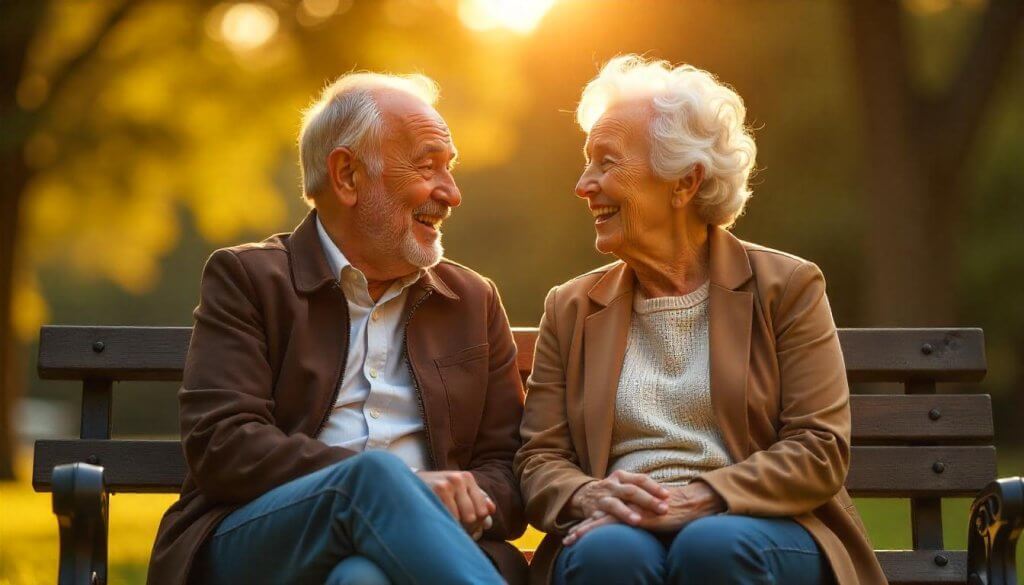Cuando la gente habla de relaciones, a menudo se centra la atención en lo que va mal: advertencias, señales de alarma y señales de que deberías dejarlo. Pero saber qué derecha es igual de importante. Las banderas verdes en una relación son señales positivas que demuestran que la relación se basa en la confianza, el respeto y el cuidado mutuo.
Estas banderas verdes son algo más que gestos superficiales. Son comportamientos y rasgos que reflejan madurez emocional, valores compartidos y una comunicación sana. Si los ves en tu pareja -o en ti mismo- puede ser una señal de que la relación va por buen camino.
En este artículo analizaremos cómo son las banderas verdes, por qué son importantes y cómo contribuyen al bienestar emocional, la salud mental y la conexión a largo plazo.
La comunicación abierta y honesta es una bandera verde importante
Una de las banderas verdes más fuertes en cualquier relación es la comunicación abierta. Esto significa que ambos miembros de la pareja pueden expresarse sin miedo a ser juzgados o rechazados. Las conversaciones sinceras ayudan a generar confianza y eliminan las conjeturas.
Cuando alguien se comunica con claridad, expresa sus necesidades, escucha las tuyas y gestiona los desacuerdos con respeto. En lugar de cerrarse en banda o ponerse a la defensiva, mantiene el compromiso y se centra en el entendimiento.
Una buena comunicación también favorece la salud mental. Crea un espacio seguro donde compartir libremente las emociones. Este tipo de apertura emocional refuerza el vínculo entre la pareja y ayuda a resolver los problemas antes de que se conviertan en problemas mayores.
Si tu pareja te escucha, responde con reflexión y fomenta el diálogo abierto, eso es una señal de alarma en una relación sana.
Seguridad emocional y respeto de los límites
Respetar los límites del otro es un signo de madurez emocional y una de las banderas verdes más significativas. Una pareja que respeta tu zona de confort -ya sea física, emocional o mental- demuestra que se preocupa por tu bienestar.
Sentirse emocionalmente seguro significa poder expresar pensamientos, preocupaciones o necesidades sin miedo. Esta confianza permite que crezca la vulnerabilidad, lo que profundiza la conexión. También favorece la salud mental y la regulación emocional.
Una relación debe ser un espacio seguro. Esto no significa que todo sea siempre perfecto, pero sí que ambas personas se sientan escuchadas y valoradas, incluso en los conflictos. El respeto por el tiempo, la individualidad y la autonomía son elementos clave.
Si tu pareja apoya tus decisiones y no te presiona para que vayas más rápido de lo que estás preparado, es una señal de alarma.
Esfuerzo mutuo y crecimiento compartido
Otra bandera verde esencial en una relación sana es el esfuerzo mutuo. Ambos contribuyen a la relación de forma significativa. Ya sea dedicando tiempo al otro, apoyando sus objetivos profesionales o superando retos, el esfuerzo es compartido, no unilateral.
Esto también incluye el trabajo emocional. Si tu pareja está pendiente de tus sentimientos, recuerda lo que te importa y se muestra constante, eso indica inversión emocional.
Las relaciones sanas prosperan cuando ambas personas quieren crecer juntas. Sienten curiosidad por los sueños del otro, se comunican sus objetivos y dan pasos para construir algo duradero. No se limitan a pasar el rato, sino que co-crean.
Cuando una relación muestra un crecimiento mutuo, significa que ambas personas invierten por igual en el futuro. Es una señal positiva de compatibilidad y salud emocional a largo plazo.
Rendición de cuentas y disculpas que importan
En las relaciones sólidas, la responsabilidad es una parte normal de la comunicación. Si alguien te hace daño -intencionadamente o no- y es capaz de asumir sus actos y ofrecerte una disculpa sincera, es una señal de alarma.
Nadie es perfecto. Se cometen errores. Pero la forma en que se gestionan demuestra el carácter de una persona. Una verdadera disculpa incluye comprensión, cambio y voluntad de reparación. No son sólo palabras, son acciones.
Este comportamiento también demuestra que la relación es segura para la reparación emocional. En lugar de culpar o descartar, un compañero que asume la responsabilidad crea un espacio para la curación y el crecimiento.
Cuando ambas personas están dispuestas a admitir los errores, perdonar y avanzar juntas, la relación va claramente en la dirección correcta.
La coherencia por encima de los grandes gestos
Una relación sana no se basa en declaraciones dramáticas, sino en la coherencia. Las banderas verdes incluyen comportamientos constantes como presentarse cuando se promete, mantenerse en contacto regularmente y cumplir los compromisos.
La coherencia demuestra fiabilidad emocional. No tienes que cuestionarte a qué atenerte ni preguntarte si hoy será diferente de ayer. Esta estabilidad emocional es lo que separa las relaciones duraderas de las que se basan en la intensidad o la imprevisibilidad.
Con el tiempo, esta coherencia genera confianza. Te dice que tu pareja está emocionalmente disponible, es fiable y se toma en serio la relación. Es una señal de alarma poderosa que a menudo se pasa por alto.
Una pareja fiable hace que la relación se sienta segura, no caótica. Esa sensación de estabilidad favorece la salud mental y el equilibrio emocional.
Fomentar la independencia y el crecimiento personal
Una bandera verde que a menudo se pasa por alto es una pareja que apoya tu crecimiento personal fuera de la relación. No se sienten amenazados por tu éxito o tus aficiones. Por el contrario, te animan y dan cabida a tu individualidad.
Las relaciones sanas no exigen una cercanía o un control constantes. Permiten a ambas personas crecer como individuos sin dejar de construir un fuerte vínculo. Cuando tu pareja te anima a explorar tus pasiones o a perseguir tus objetivos, es señal de confianza y madurez.
Este respeto por la independencia reduce los sentimientos de agotamiento emocional. También crea equilibrio, ayudando a cada persona a aportar más a la relación desde un lugar de autorrealización.
Si tu pareja valora tu independencia y apoya tu camino, es una clara señal de una relación sana.
Valores compartidos y visión a largo plazo
Los valores compartidos son la base de las relaciones duraderas. Aunque las personalidades puedan diferir, alinearse en torno a valores fundamentales como la honestidad, la familia o la ambición ayuda a crear una compatibilidad a largo plazo.
No significa que tengan que estar de acuerdo en todo. Pero tener puntos de vista similares sobre los aspectos importantes de la vida -dinero, hijos, límites, tiempo- hace que las decisiones sean más fáciles y los conflictos menos intensos.
Cuando tu pareja habla del futuro contigo, hacen planes juntos y te incluye en su visión, demuestra que te ve como parte de ese viaje. Es una señal de alarma importante.
Esta mentalidad a largo plazo añade profundidad a la relación. Crea una sensación de rectitud, como si la relación fuera en la dirección correcta, y no sólo navegando por el presente.
Banderas verdes y banderas rojas: Aprender la diferencia
Mientras que las banderas rojas señalan peligro, las banderas verdes ofrecen luz verde emocional para seguir adelante. Aprender a diferenciarlas te ayudará a tomar mejores decisiones en tu relación.
Las banderas rojas suelen implicar control, deshonestidad o negligencia. Te hacen sentir inseguro, indigno o constantemente ansioso. En cambio, las banderas verdes te hacen sentir emocionalmente seguro, apreciado y valorado.
Cuanto más entiendas y busques las banderas verdes, más fácil te resultará evitar los patrones poco saludables. No se trata de perfección, sino de alineación emocional, seguridad y esfuerzo.
El amor sano no es sólo la ausencia de banderas rojas. Es la presencia de banderas verdes.
Conclusión
Reconocer las banderas verdes en una relación te ayuda a centrarte en lo que funciona, no sólo en lo que va mal. Estas señales positivas te guiarán hacia una relación que sea emocionalmente segura, te apoye y esté alineada con tus necesidades.
Desde la comunicación abierta y la seguridad emocional hasta los objetivos compartidos y el esfuerzo constante, cada bandera verde ofrece la seguridad de que su relación es sólida y sostenible. Estas señales te ayudarán a generar confianza, mejorar tu salud mental y evitar patrones emocionalmente agotadores.
Una relación llena de banderas verdes no es perfecta: es derecha. Y ése es exactamente el tipo de amor que merece la pena construir.


